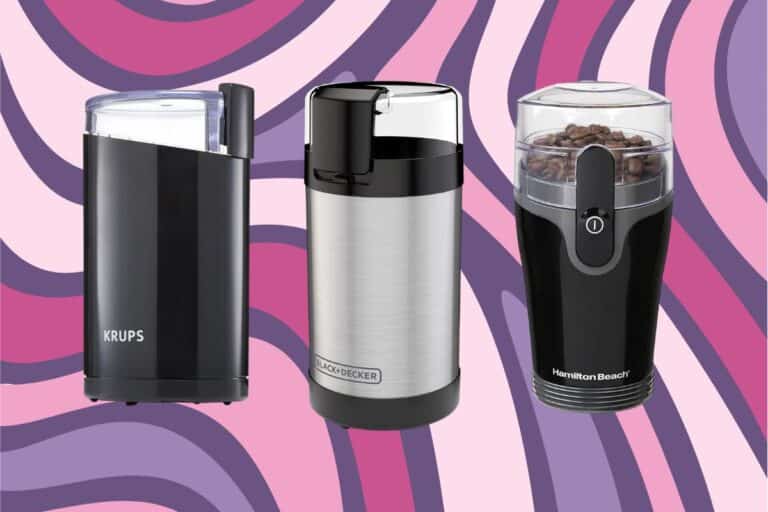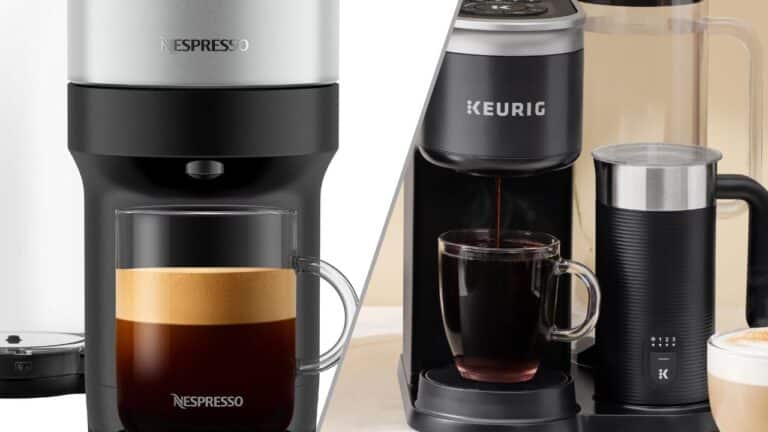For coffee enthusiasts, grinding coffee beans properly is the key to unlocking the best flavors from every brew. The journey of making exceptional coffee begins not with the coffee maker, but with the coffee grinder. A coffee grinder plays a pivotal role in transforming whole coffee beans into a grind that maximizes flavor extraction. This article will explore the various types of coffee grinders, how they affect your coffee, and the importance of grind size for different brewing methods.
How Grinders Affect the Coffee Experience
The process of grinding coffee may seem straightforward, but it dramatically influences the overall quality of the brew. When coffee beans are ground, they undergo intense physical stress. The friction from the grinder heats up the beans, and this heat can negatively impact the flavor of the final cup. For those who grind larger quantities of coffee, the burrs and surrounding parts get progressively hotter, which can result in an over-extracted, bitter brew.
The primary factors affected by grinding include the heat generated and the static charge that builds up during the process. Static electricity is a common byproduct of grinding, especially with high-speed grinders, and it causes ground coffee to stick to the grinder or leap out of the collection chamber, making a mess.
The Importance of Grind Size
The grind size is another critical factor that determines how well your coffee is extracted. Different brewing methods require specific grind sizes, and using the wrong size can result in under-extracted or over-extracted coffee. Here’s a general guide to grind sizes for various brewing methods:
- French Press: Requires a very coarse grind, which helps produce a rich and bold flavor without over-extraction.
- Pour-Over: A coarse grind works best, allowing the water to flow evenly through the coffee bed.
- Drip Coffee Makers: Typically, a medium-coarse grind is ideal for consistent flavor extraction.
- Espresso Machines: Espresso requires a very fine grind, almost like powder. The small grind size ensures that water passes through the coffee quickly, extracting the rich flavors without bitterness.
- Turkish Coffee: For Turkish coffee, the grind should be as fine as possible, creating a powdery consistency that allows for the bold, thick brew characteristic of this method.
Understanding grind size and matching it to the brewing method you use is essential for crafting the perfect cup of coffee.
Blade Grinders vs. Burr Grinders
When shopping for a coffee grinder, you’ll likely come across two types: blade grinders and burr grinders. While both options serve the same purpose, their mechanics and the results they produce are quite different.
Blade Grinders
Blade grinders are generally more affordable but are not the best choice for those serious about their coffee. These grinders work by chopping coffee beans with a blade, much like a blender. However, they produce inconsistent grind sizes, from powder to large chunks. This inconsistency can lead to uneven extraction, which affects the flavor of the coffee. Additionally, blade grinders tend to generate more heat during the grinding process, further diminishing the quality of the grind.
Burr Grinders
Burr grinders are the gold standard for coffee grinding. These grinders use two revolving burrs (either conical or flat) to crush the beans into uniform particles. A consistent grind size ensures even extraction, which is crucial for getting the best flavors from your coffee.
- Conical Burr Grinders: These grinders feature cone-shaped burrs with ridges that crush the beans evenly. They are often found in high-end grinders and operate at lower speeds, which reduces heat buildup and static.
- Flat Burr Grinders: Flat burrs have two parallel, serrated rings that grind coffee beans. While they operate at higher speeds than conical burrs, they still provide a consistent grind.
Both conical and flat burr grinders offer excellent performance, but conical burrs tend to be quieter and generate less heat, making them a popular choice for home use.
High-Speed vs. Low-Speed Grinders
Coffee grinders are also categorized by their speed, with significant differences between high-speed and low-speed models.
High-Speed Grinders
High-speed grinders are typically more affordable, but they come with some downsides. These grinders use a motor that turns the burrs at high speeds, which can generate heat and static electricity. While they do produce a consistent grind, the added heat can degrade the flavor of the coffee. High-speed grinders are generally referred to as “direct drive” because the motor is directly attached to the burrs.
Low-Speed Grinders
Low-speed grinders, also known as “gear reduction” or “direct drive” grinders, are the top-tier choice for serious coffee lovers. These grinders operate more slowly, reducing the amount of heat and static generated. Low-speed grinders are also quieter and less likely to clog when grinding fine particles for espresso. They are ideal for those who prioritize quality over speed.
- Gear Reduction Grinders: These grinders use a high-speed motor combined with gears to slow down the rotation of the burrs, providing the benefits of low-speed grinding while being more affordable.
- Direct Drive Grinders: These grinders feature a motor directly connected to the burrs, allowing them to operate at lower speeds without gears. They are quieter, produce minimal heat, and are often the most durable and efficient option for home use.
Dosing and Non-Dosing Grinders
When selecting a grinder, one of the important decisions you’ll face is whether to go with a dosing or non-dosing model.
Dosing Grinders
Dosing grinders are designed to collect ground coffee into a container, which you can then dispense by pulling a handle. These grinders divide the ground coffee into sections, with each section holding around 6 to 7 grams of coffee, which is approximately one shot of espresso. This feature allows for precise portioning, making dosing grinders ideal for espresso enthusiasts. However, they can be slightly messy, as coffee tends to spill during the dispensing process.
Non-Dosing Grinders
Non-dosing grinders, on the other hand, grind coffee directly into a portafilter or container. They are more versatile than dosing grinders, as they can grind into a range of different containers, including espresso portafilters or coffee filters for drip brewers. Non-dosing grinders are generally easier to clean and less prone to mess compared to dosing grinders, making them a great option for those who like convenience and flexibility.
Stepped vs. Stepless Grind Adjustment
Another feature to consider when choosing a grinder is how the grind size is adjusted. There are two primary methods for this: stepped and stepless adjustments.
Stepped Adjustment
Stepped grinders allow you to adjust the grind size in predetermined increments. As you adjust the grinder, you’ll feel and hear a “click” as the setting is locked into place. This system is user-friendly and ensures that the grind setting doesn’t change during operation. However, the downside is that you’re limited to the preset grind sizes, which may not allow for the fine-tuning some coffee enthusiasts desire.
Stepless Adjustment
Stepless grinders offer infinite adjustment options, allowing for greater precision. These grinders let you fine-tune the grind size to your exact preference. However, they can be a bit trickier to use, especially for beginners, as it requires more experience to dial in the perfect grind.
Conclusion: Choose the Right Grinder for Your Needs
The coffee grinder is an essential tool for brewing great coffee, and choosing the right one can make a significant difference in your daily coffee routine. Burr grinders are the superior option for consistent grind size and flavor extraction, while high-speed grinders are a budget-friendly alternative. For those who prioritize quality and precision, low-speed, direct-drive burr grinders with stepless adjustment offer the best performance.
Whether you’re making a French press, espresso, or Turkish coffee, the grind size and consistency matter. Investing in a quality coffee grinder ensures that you get the most flavor out of your beans, leading to a satisfying cup every time.






